Cyclops - Captain Krakoa and the most famous superhero switcharoos
Captain Krakoa - the identity given to the national protector of the mutant nation of Krakoa - started out as an alternate secret identity for Cyclops.
But now that Scott Summers is back in his regular Cyclops uniform as part of the X-Men, it seems a new Captain Krakoa may soon be introduced as part of Marvel's X-Men/Avengers Free Comic Book Day 2023 one-shot.
Cyclops is far from the only Marvel hero who has used more than one superhero (or villain) identity, nor the only Marvel hero whose secondary identity has since taken on a life of its own.
These are the best examples of superheroes switching identities.
Iron Man/War Machine
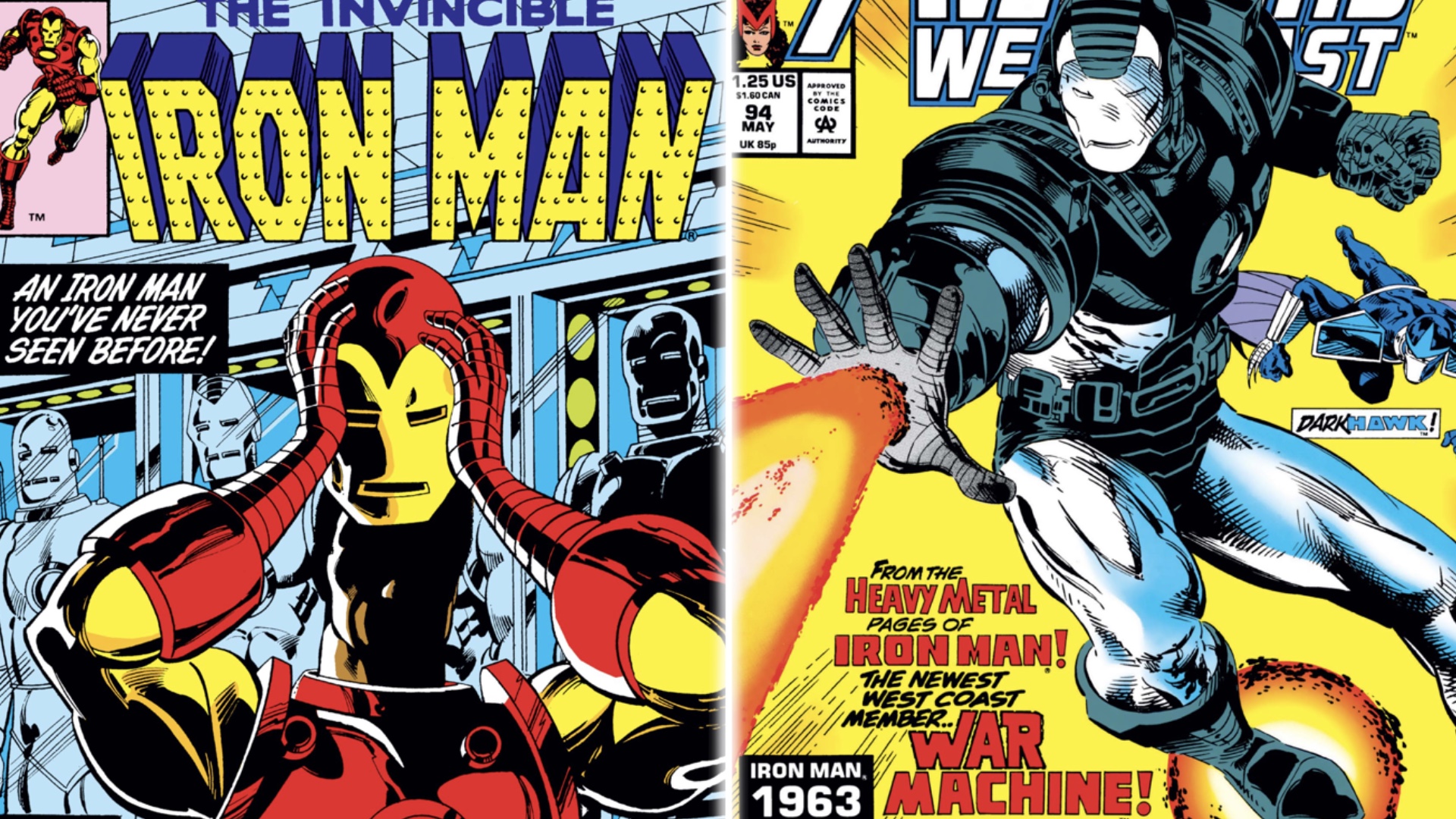
James Rhodes started out as the personal pilot and long-time ally of Tony Stark. When physical ailments brought on by alcoholism led Stark to give up his career as Iron Man, it was Rhodes whom he trusted to don the armor.
It was an interesting move, because, at the time, even Stark's allies, the Avengers, had no idea who was really piloting the armor, so the change in identity mostly went unnoticed by his peers, with Rhodes even acting as Iron Man at the founding of the West Coast Avengers.
However, his stint was short-lived, as the Iron Man armor gave him headaches that caused him to occasionally behave erratically. After Tony Stark donned a new suit of armor to quell his friend's rampage, he returned permanently to his life as Iron Man, with Rhodes eventually taking up his own armored identity as War Machine, becoming a longtime hero and Avenger in his own right - as well as an MCU star in the hands of actor Don Cheadle.
Interestingly enough, Rhodes has rebranded on his own a few times, first going by Iron Patriot for a brief period, and then even filling in as Iron Man once again while Tony Stark was presumed dead.
Captain America/Nomad
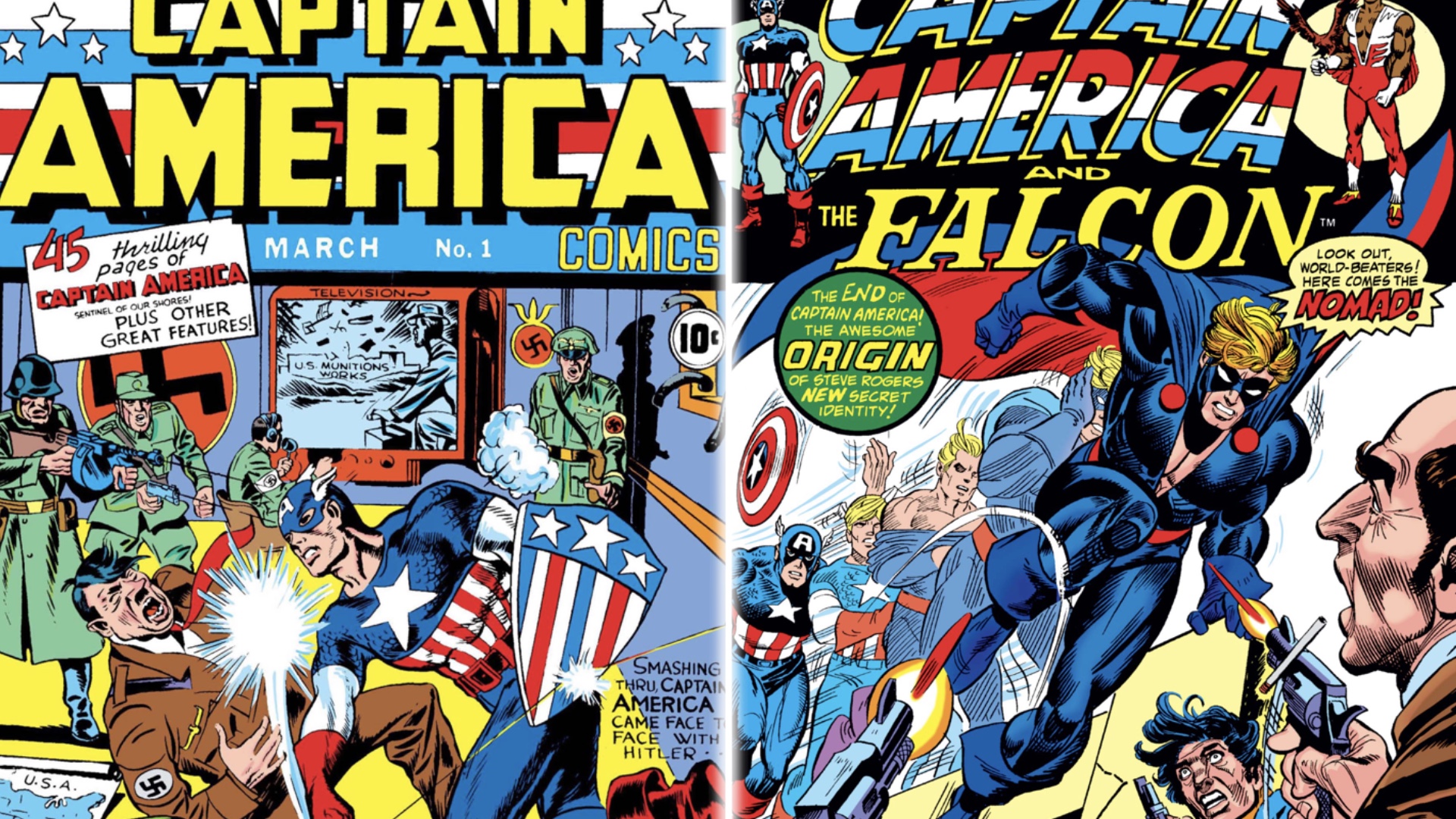
Captain America is one of Marvel's most recognizable icons with over 80 years of adventures under his belt. However, Steve Rogers has chosen to abandon the identity of Captain America several times, usually taking on a new identity to continue his crime-fighting career.
The first time he made such a shift in identity occurred in the mid-seventies, as part of Steve Englehart's '70s run on the title, in the original 'Secret Empire' arc. Disillusioned with the American government after discovering that the leader of the Secret Empire, a criminal organization who had been plaguing him for years, was secretly a high-ranking government official (strongly implied to be then-president Richard Nixon), Captain America chose to abandon his star-spangled costume and iconic flying shield, and take on the unaffiliated identity of 'Nomad,' a man without a place in the world.
After several comical mishaps, including tripping on his own ill-advised yellow cape, Steve really began adjusting to the identity of Nomad with the help of his partner, the Falcon (more on him later). Of course, the change was fairly short-lived, lasting only a matter of months, before duty called, and Steve returned to the Captain America identity to defeat his old nemesis, the Red Skull.
This was only the first time Steve would give up the mantle of Captain America, however, as different eras have seen him become the black-clad 'Captain' when his service was questioned by the government, take on the identity of the so-called "man without a country" when he was thought to be a fugitive, and even operating simply as Steve Rogers as part of SHIELD for a time.
Green Lantern/Parallax
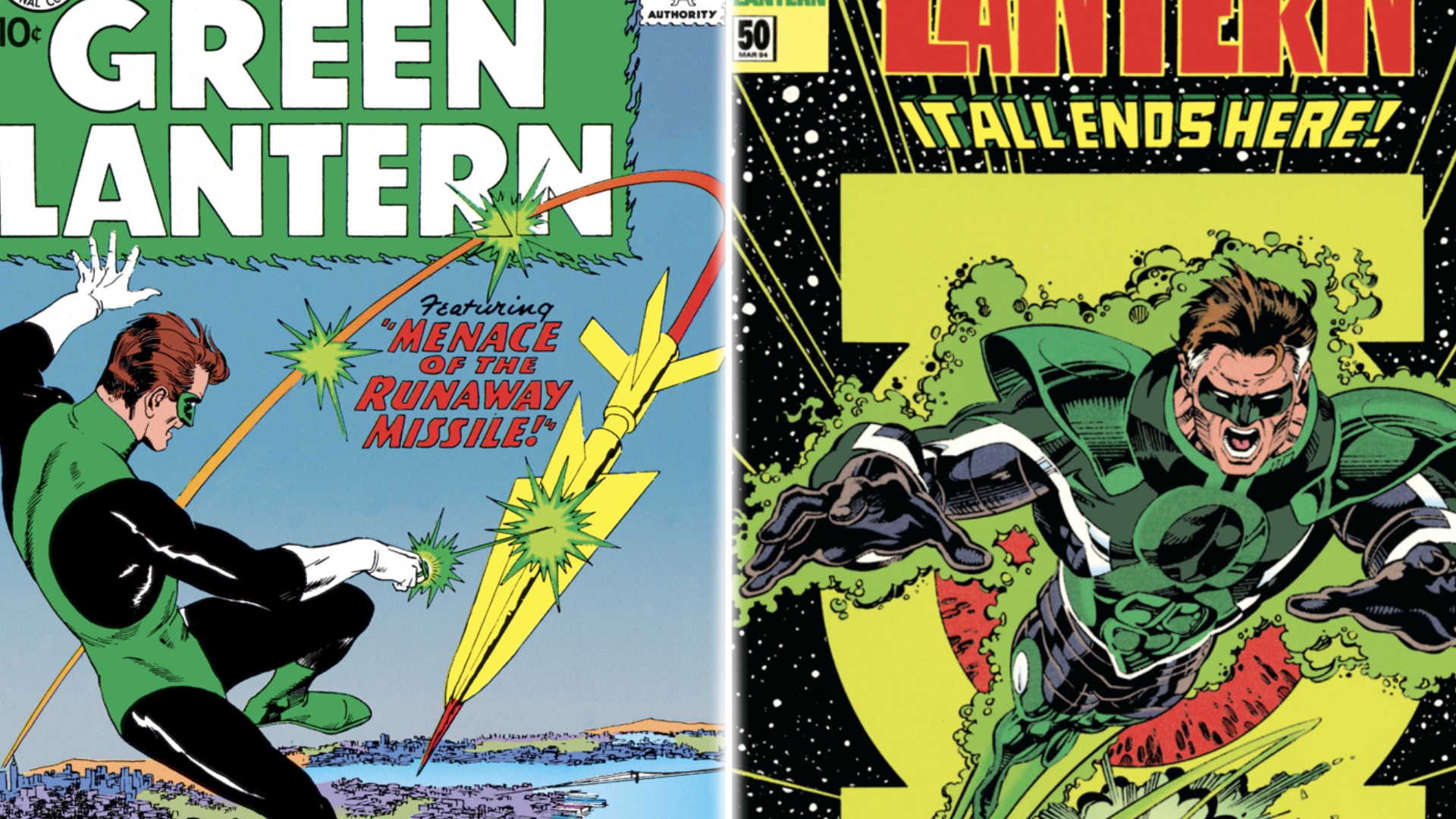
Hal Jordan was not the first character to wear the power ring of the Green Lantern. But he was the character who revived the series in the early '60s, helping to usher in the Silver Age of comics and the return of superheroes to prominence. For 40 years, Hal was a fan favorite; his bravado, willful attitude, and impeccable sense of heroism made him a high-flying example of the best of Earth's potential.
Then the '90s happened, and the story 'The Death and Return of Superman' redefined the stakes of contemporary superhero stories - and led DC to attempt similar dramatic revamps of other characters, including Hal Jordan.
During 'The Death and Return of Superman,' the villain Mongul, with some help from Hank Henshaw, the Cyborg Superman, laid waste to Hal Jordan's hometown of Coast City, killing the entire population, and decimating the city itself.
In a fit of grief, Hal selfishly uses his power ring to rebuild and resurrect the city. When his power ring's energies fail, and Hal is admonished by the leaders of the Green Lantern Corps, Hal goes on a rampage, killing dozens of his fellow Green Lanterns, and becoming the villain Parallax in the process.
Hal remained Parallax for years, as Kyle Rayner became the only remaining Green Lantern, and Hal's legacy of heroism was tarnished by his villainy. Several years later, after giving his life to save the Earth, Hal returned as the newest incarnation of the Spectre, before fully returning to life and restarting the Green Lantern Corps.
It was later revealed that the reason for Hal's turn to villainy was corruption from the embodiment of fear, and Hal has since returned to the mantle of Green Lantern, spawning a string of popular titles and an entire emotional spectrum of colored Lantern Corps.
Captain Marvel/Shazam!
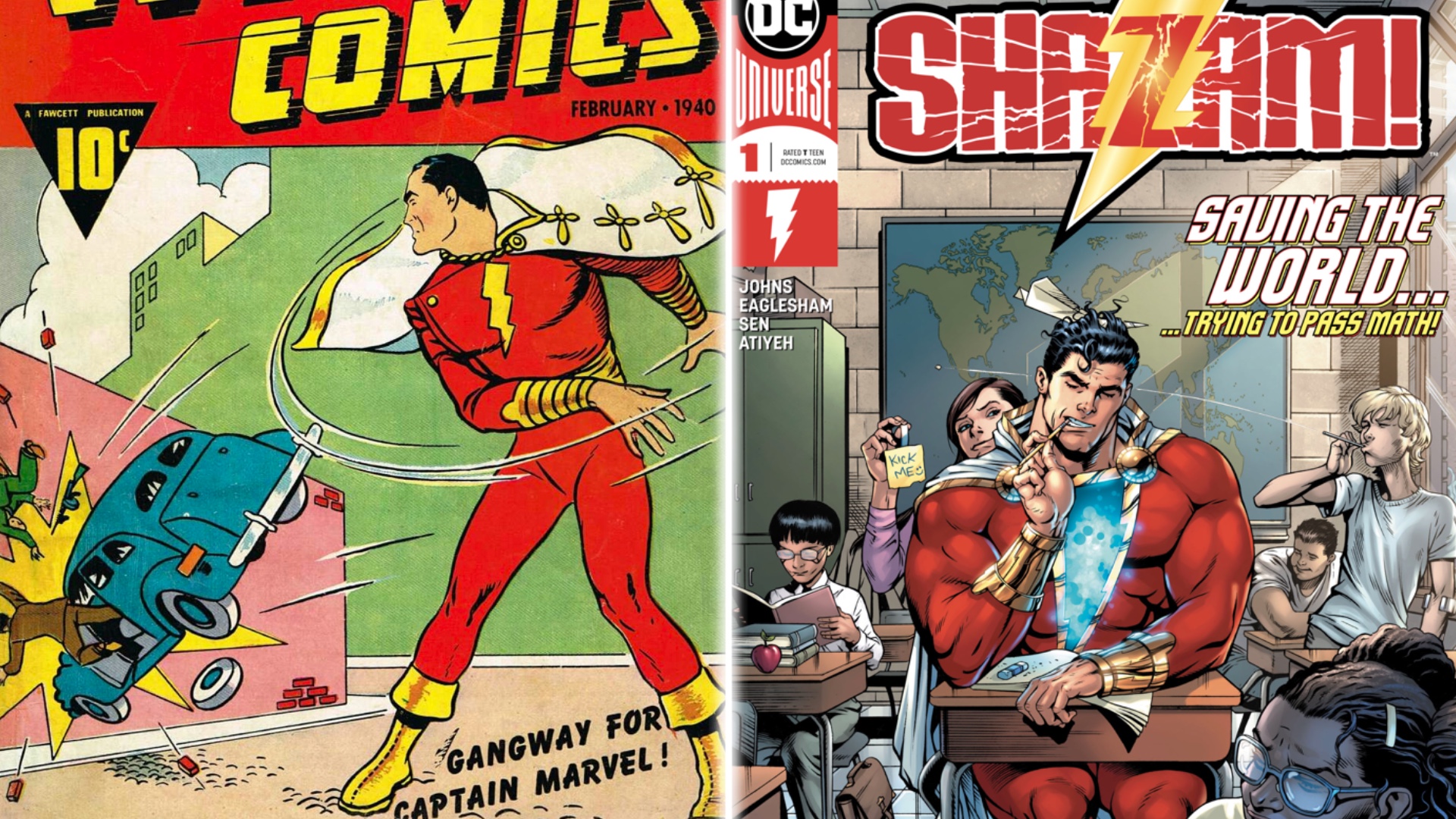
Billy Batson is one of the longest-running superheroes in comic books, with his magic word "SHAZAM!", which transforms him from a teenager into the adult hero Captain Marvel, becoming as much a pop culture icon as the character himself.
And that's probably why it was probably a fairly easy, if surprisingly recent, decision for DC to drop the superhero name 'Captain Marvel' from the character altogether in favor of using the name Shazam for the hero himself.
After all, Marvel Comics has their own Captain Marvel (who we'll be getting to momentarily, hint hint), so why should DC battle for a name that invokes their biggest competitor when they've got the recognizable name 'Shazam' right there?
Some comic book purists are still stinging over this one, as 'Captain Marvel' belonged to Billy Batson well before Marvel Comics launched their own hero with the name. But as Shakespeare once said, "What's in a name? Would a rose by any other name not smell as sweet?"
Would a magical transforming hero by any other name still be a classic, enduring character with all the same personality and history? We think so.
And oddly enough, Shazam's sister, Mary Marvel, will step into the main role of the hero Shazam in an upcoming story which will somewhat mimic the journey of the next hero on our list…
Ms. Marvel/Captain Marvel
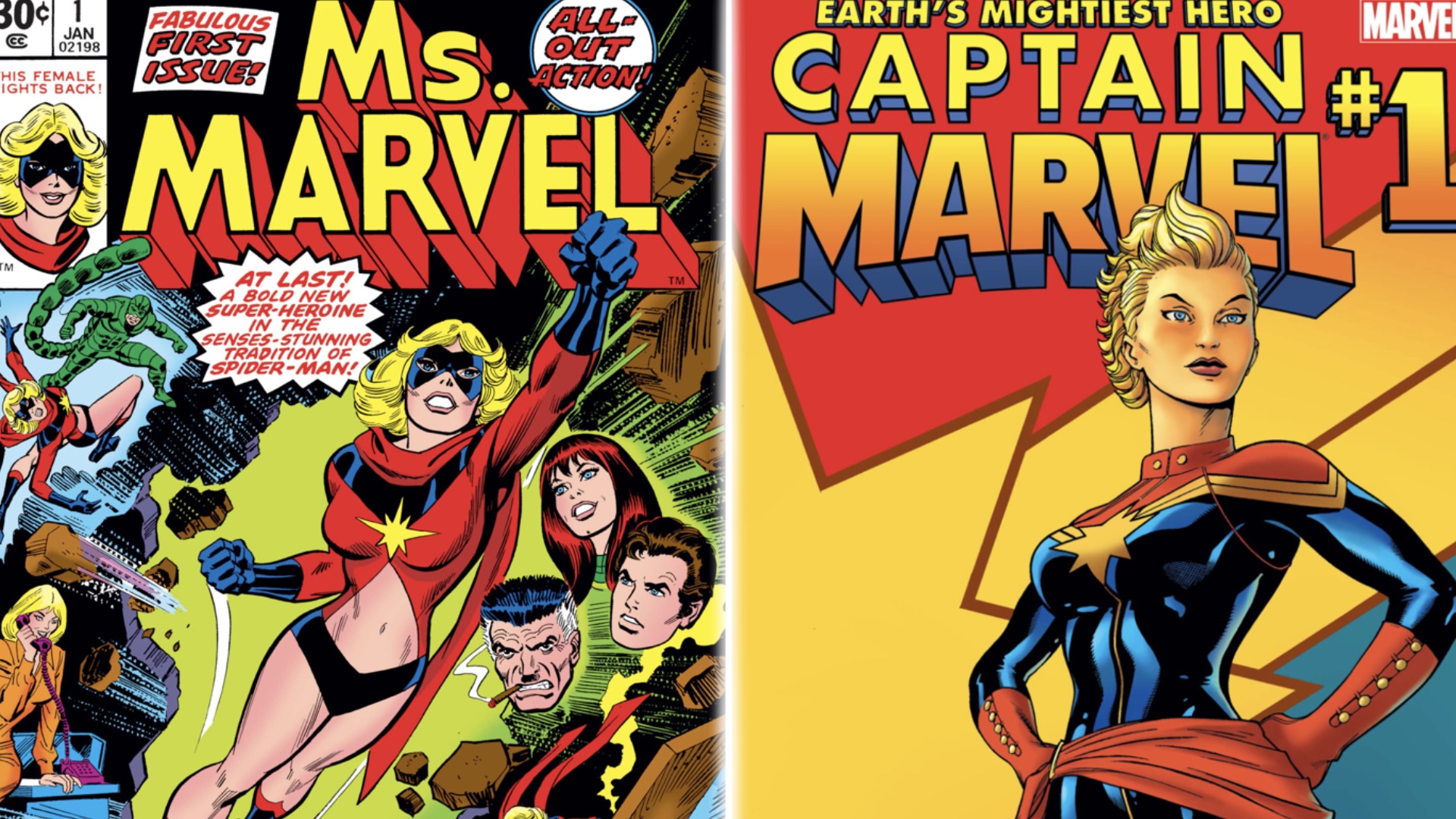
Carol Danvers was introduced way back in 1969 as an Air Force pilot and a love interest for Mar-Vell, the Kree hero known as Captain Marvel. But just a few years later, she got powers of her own when her secret, hidden Kree DNA was activated by a device known as the Psyche-Magnetron, giving her super-strength, flight, and energy manipulation powers.
Taking up the name Ms. Marvel, Carol became an Avenger and a leading hero in her own title, becoming one of Marvel's core heroes through the '70s. However, in 1980, the mutant Rogue, then under the manipulation of the mutant villain Mystique, drained Carol Danvers of her powers, leaving her for dead.
When Carol reawakened, her powers had changed. Now able to channel cosmic energy, she took on the name Binary, as in a binary star. Later, when her Binary powers began to fade and her original powers started to return, she took on the name Warbird in honor of her time as a fighter pilot - though she eventually went back to Ms. Marvel.
Then, after an invasion by the shape-shifting Skrulls led her to confront her long-dead former mentor Mar-Vell, secretly a Skrull in disguise, Carol realized that she was due for an upgrade, and after years of waffling over the decision, chose to take on the name Captain Marvel as Mar-Vell's true successor - an identity she still inhabits as one of Marvel's most well-known heroes in comics and the MCU.
Here's the thing: Carol wasn't actually the first woman to take up the name Captain Marvel. That honor goes to Monica Rambeau, who used the name in the '80s while Carol was off in space as Binary - decades before Carol took on the name herself. Monica has gone through some re-brandings of her own since giving up the name Captain Marvel, going by the names Photon, Pulsar, and most recently Spectrum, in reference to her ability to channel all forms of energy.
Monica remains a fan-favorite character as well, and she'll be joining Carol Danvers in the upcoming film The Marvels, alongside Carol's successor as Ms. Marvel, Kamala Khan.
Falcon/Captain America
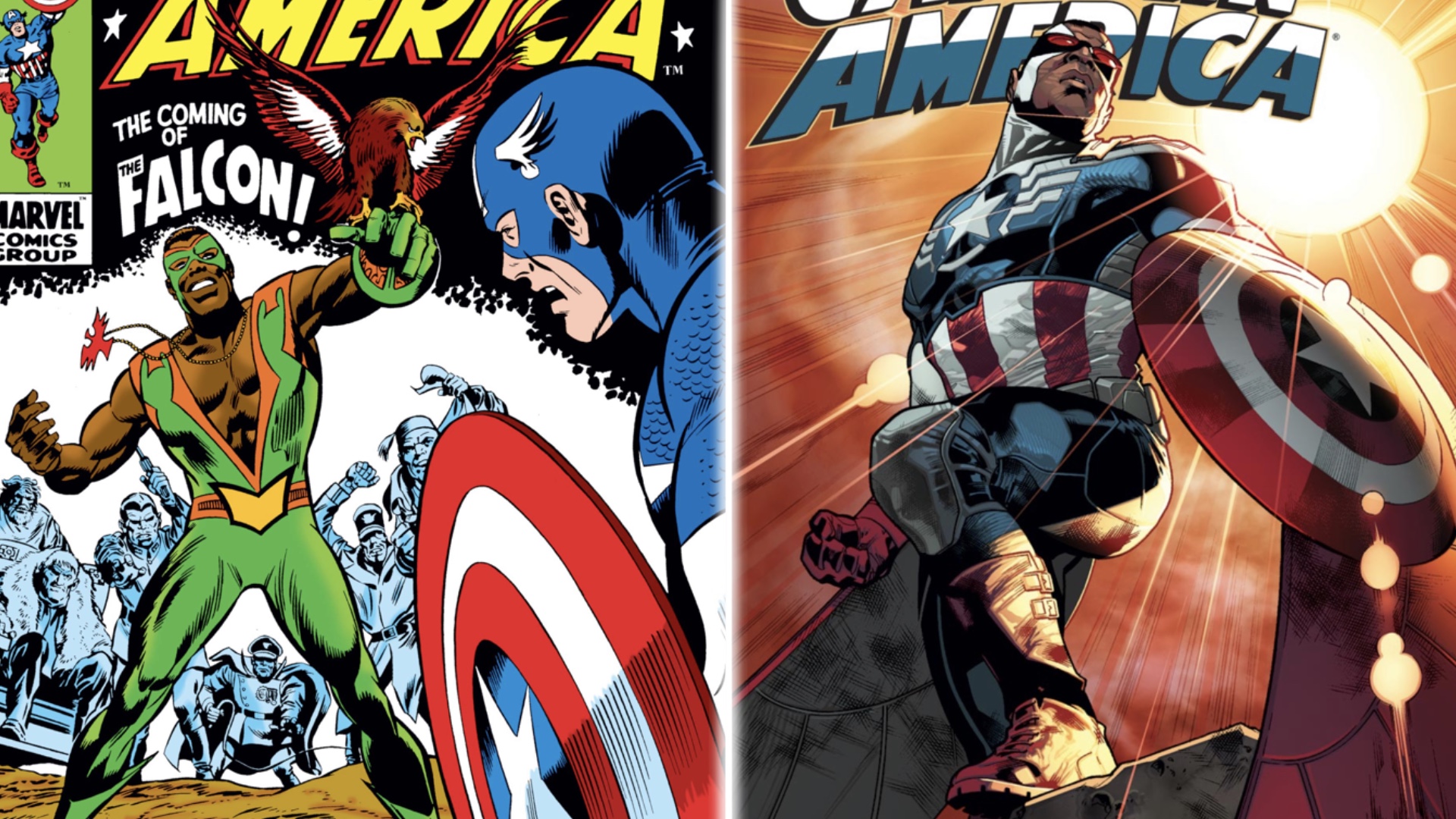
Sam Wilson started out as the Falcon, the high-flying partner of the original Captain America Steve Rogers during the '70s. As the Falcon, Sam originally got by solely on his wits and his fighting prowess, but a visit to Wakanda following an injury got Sam outfitted with a pair of special jet-powered wings, taking his codename as the Falcon to its next logical level.
The now-winged Falcon became an Avenger in his own right, and a staple hero of the Marvel Universe both alongside Steve Rogers and on his own. So when Steve Rogers was drained of his Super Soldier Serum, rendering him elderly and unable to stay on as Captain America, Sam Wilson was his natural choice to take his place as Cap.
Taking up the shield (but keeping his wings), Sam became the official Captain America of the Marvel Universe, with arch-enemies and an Avengers leadership role to go along with the star-spangled identity. He even remained Captain America when Steve Rogers returned, with the pair both operating under the name together.
That is until the revitalized Steve was revealed to be a Cosmic Cube-created spy for the Red Skull, with a secret villainous history. Sam fought the evil Cap using his original shield, standing as a symbol against the Hydra-affiliated Steve Rogers duplicate.
When the good Steve was returned from the Cosmic Cube, Sam returned the mantle of Captain America to him, once again becoming the Falcon - though Sam is still considered a Captain America in spirit by his fellow shield-wielders Steve Rogers, John Walker, and of course Bucky Barnes, Steve Rogers' original sidekick, who was himself rebranded as Winter Soldier and who also filled for Steve for a time.
Sam's journey to becoming Steve's successor has been mirrored in the MCU, in the Disney Plus streaming show The Falcon and the Winter Soldier.
Angel/Archangel
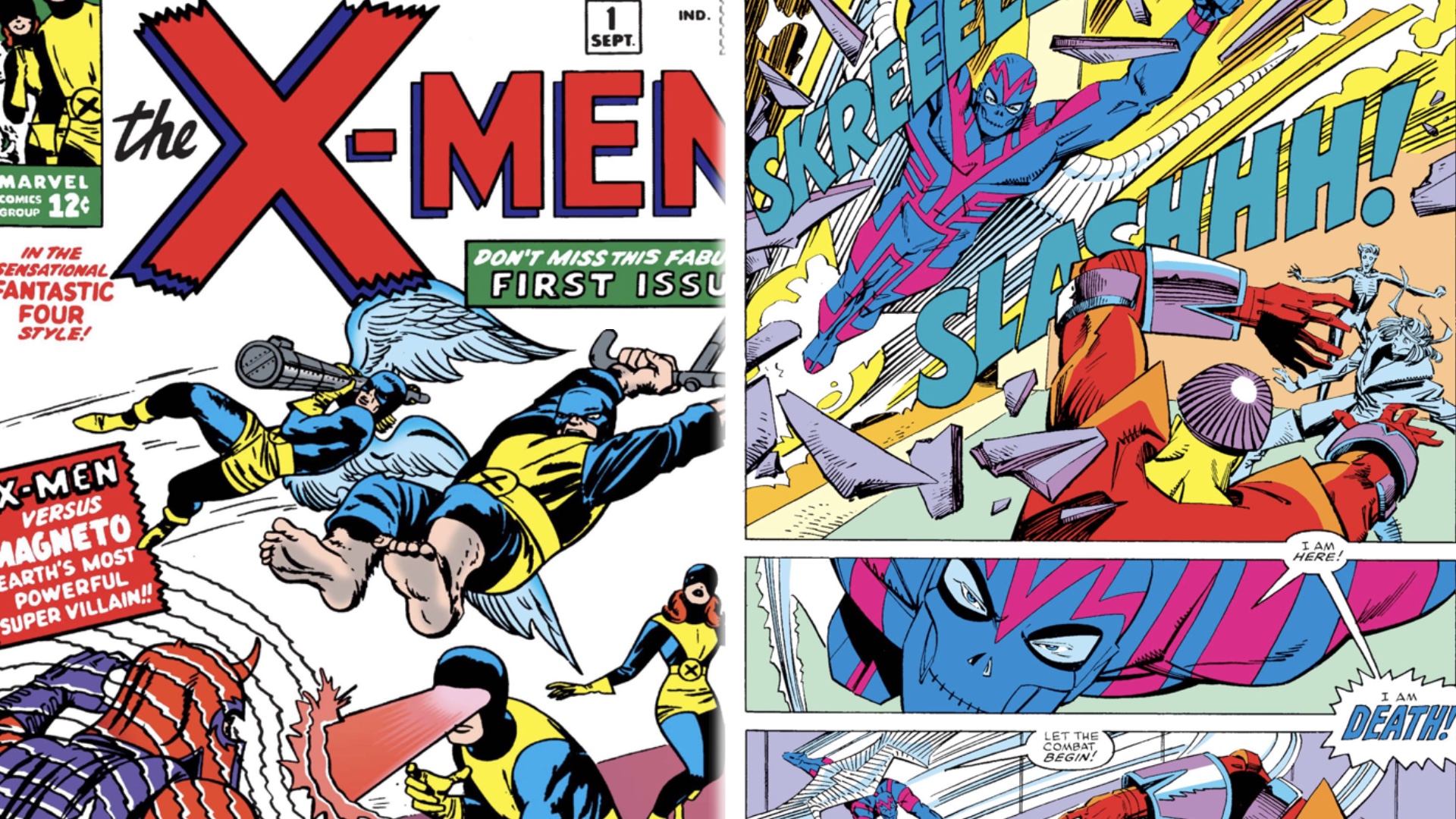
Very few character arcs are as tragic as that of Warren Worthington III, a founding X-Man and winged mutant originally known as 'Angel.' For years, Angel fought alongside his fellow X-Men, joining them off and on even after the original team disbanded.
He also served stints as a member of the Champions and as the chairman of the Defenders, before finally reuniting with the other founding X-Men to form the mutant protection squad known as X-Factor. It was while he was a member of X-Factor that Angel was severely wounded in a battle with the villainous Marauders, and was forced to have his wings amputated.
Despondent over the loss of his wings, Warren attempted to make one last flight, in an airplane, but was caught in an explosion caused by his former friend Cameron Hodge. While most of the world thought that Warren had committed suicide, in actuality he had been captured by the ancient mutant Apocalypse, who offered to give him new, cybernetic wings in exchange for his servitude as 'Archangel,' Apocalypse's horseman of Death.
Though he eventually escaped Apocalypse's control and returned to a life of heroism, Warren has periodically relapsed to the vicious mind of the Archangel, culminating in a highly popular arc in Uncanny X-Force titled 'The Dark Angel Saga,' wherein he reverted fully to his villainous persona, manipulating his teammates and filling the void that his 'creator,' Apocalypse had once filled. The arc culminated in Warren being mind-wiped, and Archangel seemingly purged from his system.
Now, in the Krakoa era, Warren is usually in his Angel form, though he sometimes switches to the resurfaced Archangel persona, with somewhat more control than in previous incarnations.
Robin/Nightwing
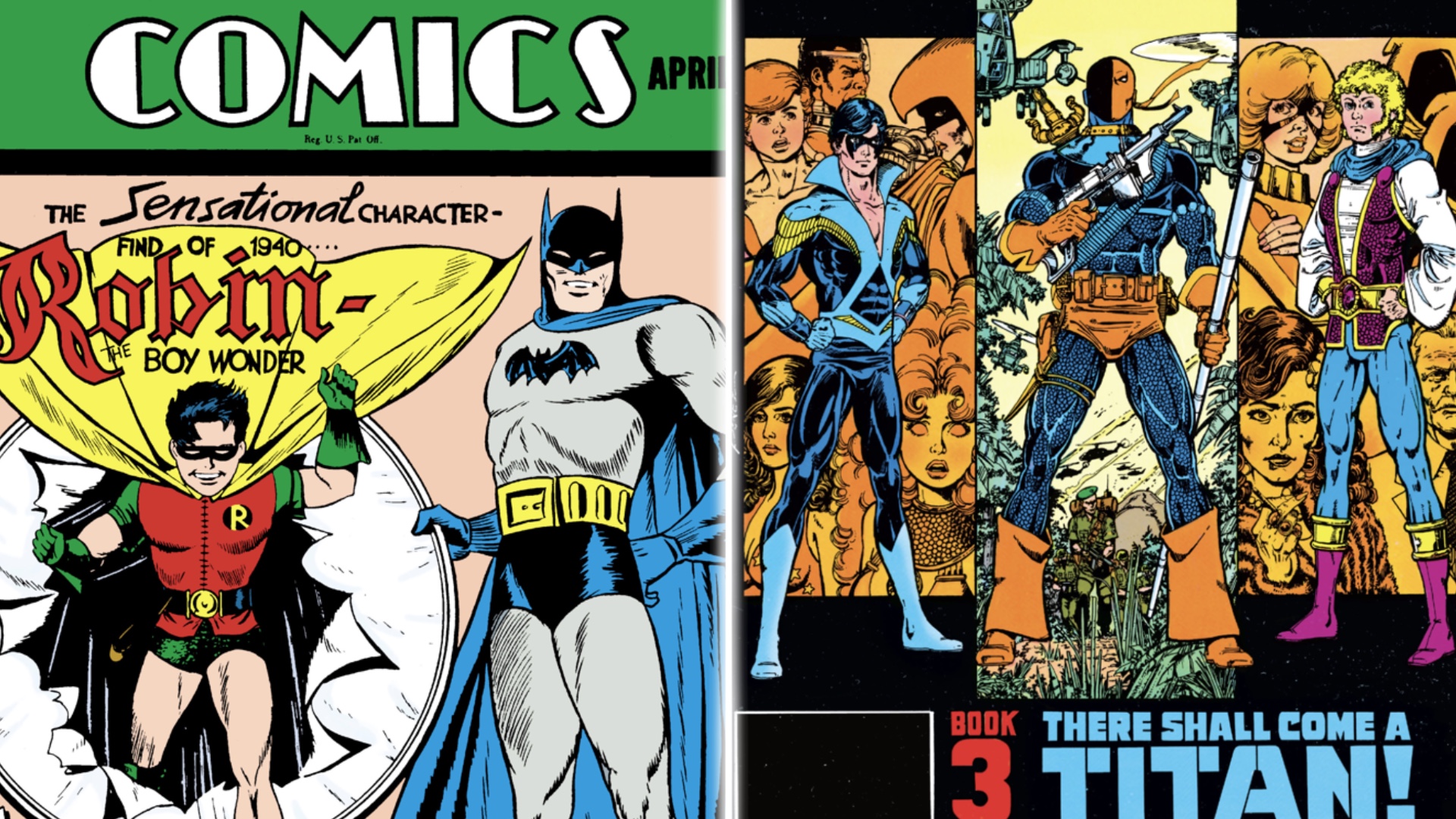
Dick Grayson has the distinction of being not only one of comics' most enduring characters but also one of the first teen sidekicks to graduate into the mantle of an adult hero. It was a trend that resulted in numerous young heroes bearing mantles derived from the identities of their older mentors, many of whom, including Grayson, have gone on to assume their mentors' identities for themselves.
As a young boy, Grayson was raised in a circus by a family of skilled acrobats. When an extortionist murdered his parents during a performance in Gotham City, Bruce Wayne, better known as Batman, was in the audience. Seeing parallels between his own life as an orphan and that of young Grayson, Wayne took him under his wing and eventually trained him to become his sidekick, the high-flying hero Robin.
In his time as Batman's sidekick, Grayson gained the respect of not only other sidekicks, but of older heroes, including Superman, who Grayson still admires deeply. After years leading a young hero team called the Teen Titans, Grayson finally decided that it was time to step out from Batman's shadow and become his own man. Taking a name from Kryptonian mythology in deference to his relationship with Superman, Grayson assumed the mantle of 'Nightwing,' using the same charisma, acrobatic prowess, and detecting skills that he cultivated as Robin.
Nightwing has since filled a variety of roles in the DC Universe, as protector of the troubled city of Bludhaven, as a leader and occasional member of the Outsiders, as a mentor to new generations of Teen Titans, as a short-term member of the Justice League, and even a stint under the cowl, as the new Batman after the apparent death of Bruce Wayne.
Ant-Man/Giant-Man
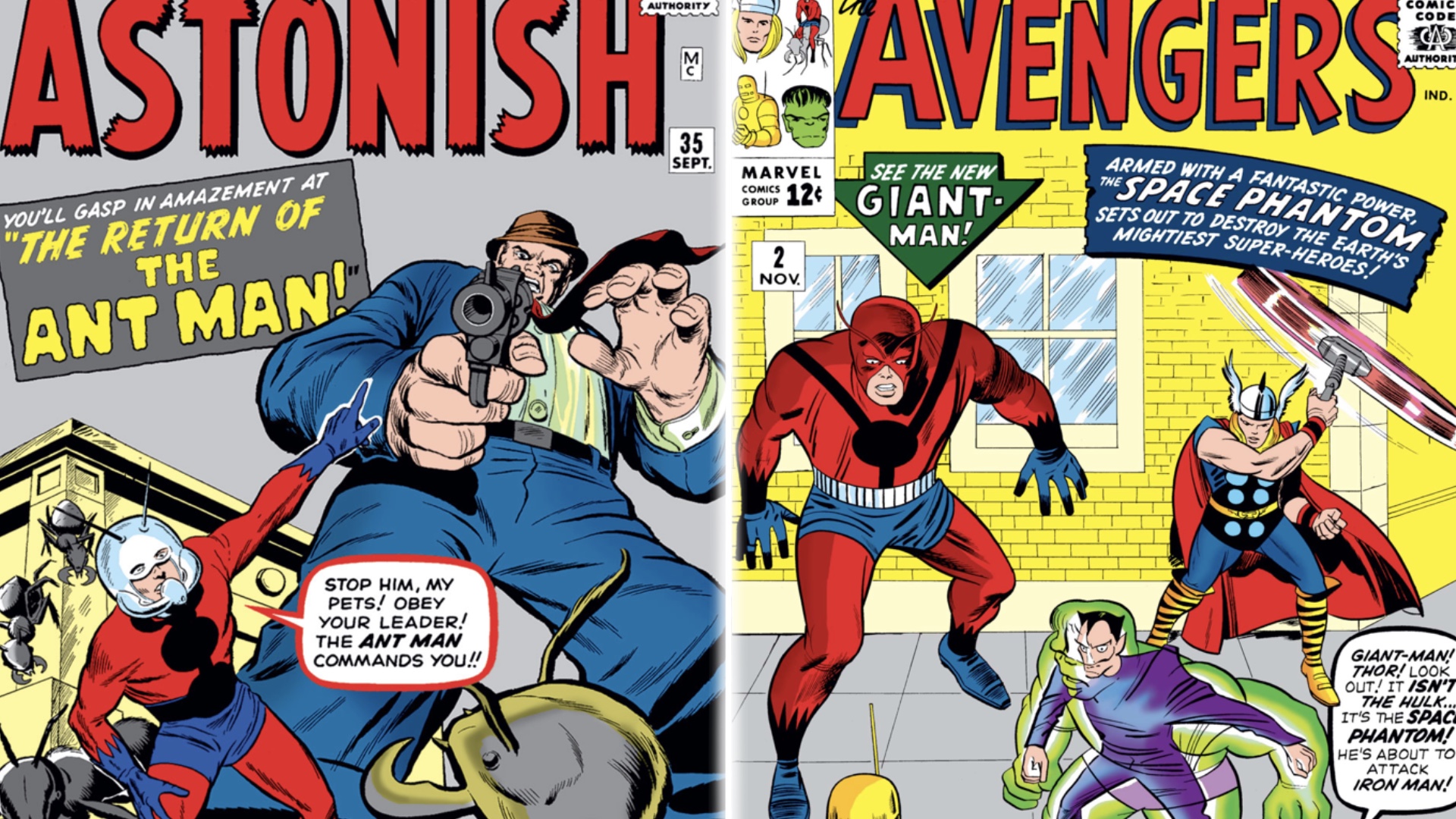
As the shrinking hero Ant-Man, Hank Pym was a brilliant neuroscientist and a founding Avenger. Together with his girlfriend the Wasp, Ant-Man was able to use his size-changing powers to defeat villains that would have made more apparently powerful heroes cower.
It wasn't long into the history of the Avengers (just a single issue, to be exact), however, before Pym's inherent feelings of inadequacy began to surface when placed alongside such powerhouses as the mighty Thor, the Incredible Hulk, and the invincible Iron Man. It was the departure of the Hulk, coupled with these feelings, that led Pym to experiment with new ways to use his size-changing 'Pym Particles' to grow instead of shrink, taking on the identity of the super-strong Giant-Man.
While Pym's change to Giant-Man was hardly the last time he switched his secret identity - he's also been Goliath, Yellowjacket, and the Wasp - it was the first of such changes in power set and codename for the troubled hero. It was also one of the first times ever that such an established hero was re-branded or re-purposed in such a way.
While Pym has returned to each of his various identities multiple times through the years, it's never long before Pym finds some reason to use one of his various other guises - and the event that triggers his switch may also alter his behavior.
Sadly, Pym's latest evolution has also been his darkest, as he's physically bonded with his villainous AI creation Ultron in a twisted fusion of man and machine.
Batgirl/Oracle
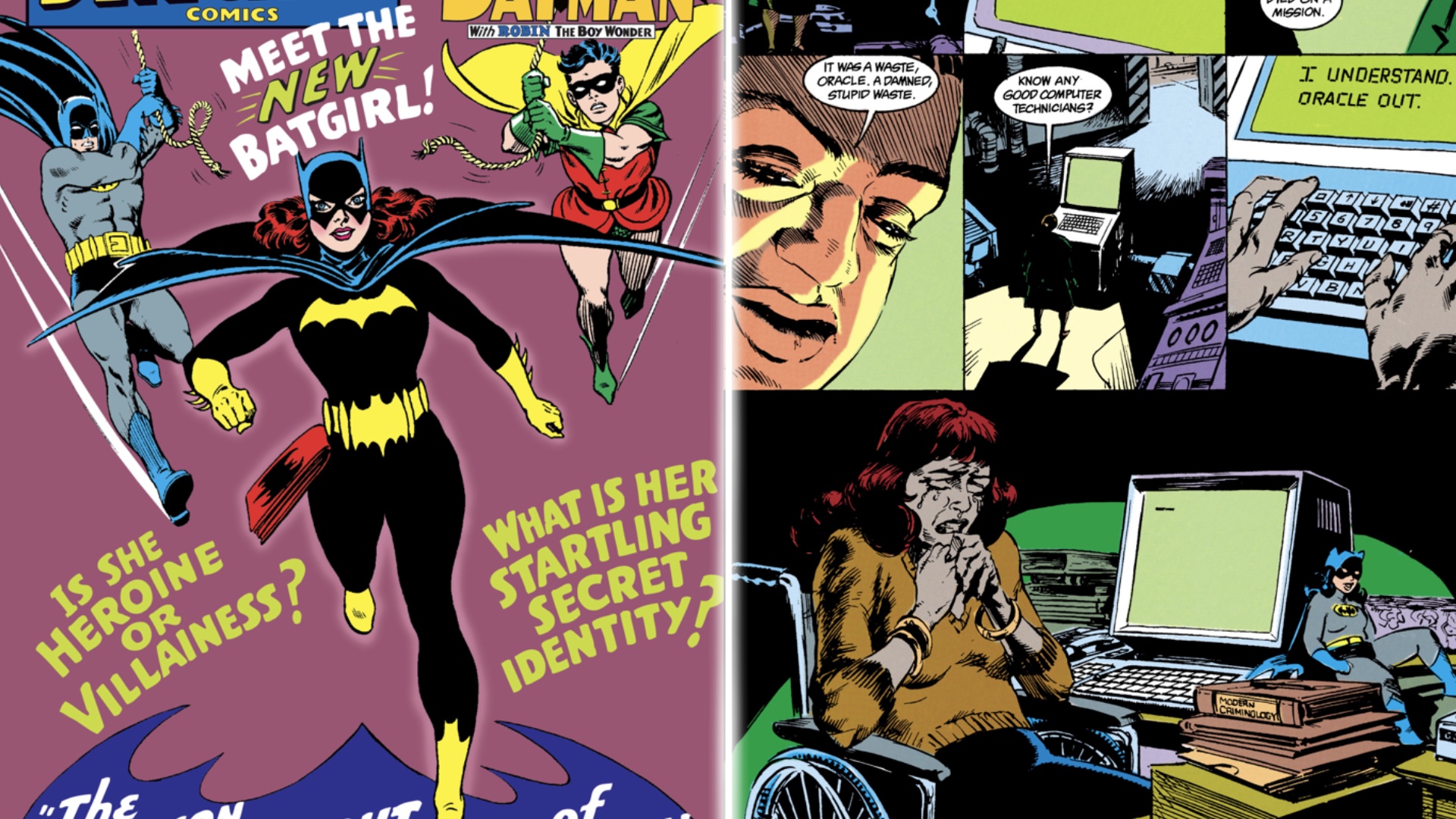
Barbara Gordon a.k.a. Batgirl was hardly the first female character based on a successful male hero (technically, Barbara Gordon wasn't even the first Batgirl). But her popularity and the intent of her origin certainly set her apart.
Batgirl was created with the intent of adding a female character to the cast of the wildly popular live-action Batman TV show, starring Adam West and Burt Ward. Though she was created for the TV show, she was quickly introduced in comics and took off from there.
Batgirl survived the cancellation of the TV show, making regular appearances in a variety of Batman titles throughout the '70s, and '80s, until the story The Killing Joke, in which Barbara Gordon was brutally assaulted by the psychotic villain the Joker, an attack which left her paralyzed, necessitating her use of a wheelchair.
Cut to a short time later, when writer John Ostrander, and his wife, editor Kim Yale, decided to revive Barbara Gordon not by eliminating her disability, but by capitalizing on her other strengths, such as her keen intellect and her connection to much of the DC Universe.
In Ostrander's title Suicide Squad, a mysterious information broker known as 'Oracle' began making regular appearances, cultivating an air of secrecy surrounding her true identity. By the time Oracle was revealed as Barbara Gordon, her place in the DC Universe, as its premier source of intelligence, was more than solidified.
After partnering with Batman in her hometown of Gotham City, Oracle struck out on her own, hiring a team of female operatives, known as the Birds of Prey to fight crime, and travel the globe under her guidance.
A few years ago, DC returned Barbara to the mantle of Batgirl with the use of a spinal implant that allows her to walk - though she's since gone back to operating primarily as Oracle, lest the implant burn itself out, enlisting Cassandra Cain and Stephanie Brown as her new team of Batgirls, similar to the Birds of Prey.

Post Comment
No comments